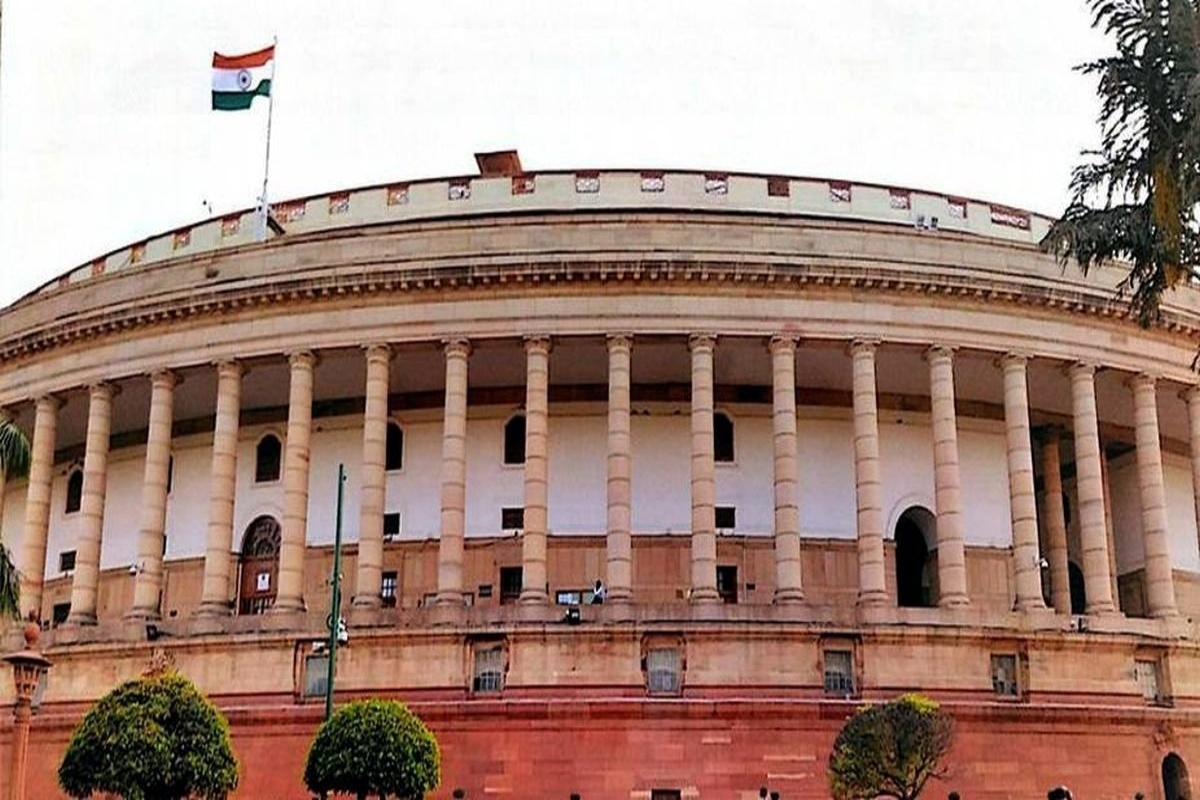Vice-President Election: As the nomination process for the election of Vice President begins today, here is all you need to know about the process.
Nomination:
The election process to the post of Vice president of India begins with the process of nomination by the interested candidates. The election process for the 16th Vice President began on 5 July with July 19 being the last date for filling the nominations. Current Vice President M Venkaiah Naidu’s term comes to an ends August 10.
Election Commission:
The Election Commission is mandated to ensure that the election to the office of the Vice-President of India must be a free and fair election and the Commission takes all necessary steps for discharging its constitutional responsibility.
As per Election Commission, the notification for election is issued on or after the sixtieth day before the expiration of term of office of the outgoing Vice-President.
Procedure:
As per Constitution of India, the Vice-President is elected by the members of the Electoral College consisting of the members of both Houses of Parliament in accordance with the system of proportional representation by means of the single transferable vote.
For 2022, 16th Vice-Presidential Election, the Electoral College consists of:
233 elected members of Rajya Sabha,
12 nominated members of Rajya Sabha, and
543 elected members of Lok Sabha.
Electoral College comprises of a total of 788 members of both Houses of Parliament.
Eligibility:
The Vice-President is elected by an electoral college consisting of members of both Houses of Parliament, in accordance with the system of proportional representation by means of the single transferable vote and the voting in such election is by secret ballot.
The Electoral College to elect a person to the office of the Vice-President consists of all members of both Houses of Parliament.
The Vice-President is not a member of either House of Parliament or of a House of a Legislature of any state.
A person cannot be elected as Vice-President unless he –
a. is a citizen of India;
b. has completed the age of 35 years, and
c. is qualified for election as a member of the Council of States (Rajya Sabha). i.e. he should be a citizen of India, 30 years of age and an elector of the Parliamentary constituency in a State or Union Territory which he seeks to be elected to represent.
A person is not also eligible if he holds any office of profit under the Government of India or a State Government or any subordinate local authority.
Superintendence of the Election of the Vice-President:
The election of the Vice-President is to be held within 60 days of the expiry of the term of office of the outgoing Vice-President.
The Returning Officer appointed to conduct the Vice-Presidential elections is the Secretary-General of either House of the Parliament, by rotation. The Returning Officer issues a public notice of the intended election in a prescribed form, inviting nomination of candidates and specifies the place where the nomination papers are to be delivered.
Any person qualified to be elected and intending to stand for election as Vice-President is required to be nominated by at least 20 MPs as proposers and at least 20 MPs as seconders.
Nomination papers are to be presented to the Returning Officer at the place and up to the time and date, specified in the public notice.
A maximum of 4 nomination papers by, or on behalf of, any candidate may be presented to, or accepted by, the Returning Officer.
A candidate seeking election as Vice-President is required to make a security deposit of Rs.15,000/-.
The nomination papers are scrutinised on the specified date by the Returning Officer in the presence of the candidate and his proposer or seconder and any one other person duly authorised.
Any candidate may withdraw his candidature by a notice in writing in a prescribed form delivered to the Returning Officer within the time specified.
In the election, an elector has as many preferences as there are candidates. In casting his vote, an elector is required to record on his ballot paper the figure 1 at the space opposite the name of the candidate whom he chooses as his first preference and may, in addition, record as many subsequent preferences as he/she wishes by recording on his ballot paper the figures 2,3,4, and so on, in the space opposite the names of other candidates.
The votes should be recorded in the international form of Indian numerals or in the Roman form or in the form of any Indian language but should not be indicated in words.
Every ballot paper represents one vote at each count.
The procedure for counting votes consists of the following steps:
The number of first preference votes secured by each candidate is ascertained.
The numbers so ascertained are added up – the total is divided by two and one is added to the quotient disregarding any remainder. The resulting number is the quota sufficient for a candidate to secure his return at the election.
If at the end of the first or any subsequent count, the total number of votes credited to any candidate is equal to, or greater than the quota, that candidate is declared elected.










